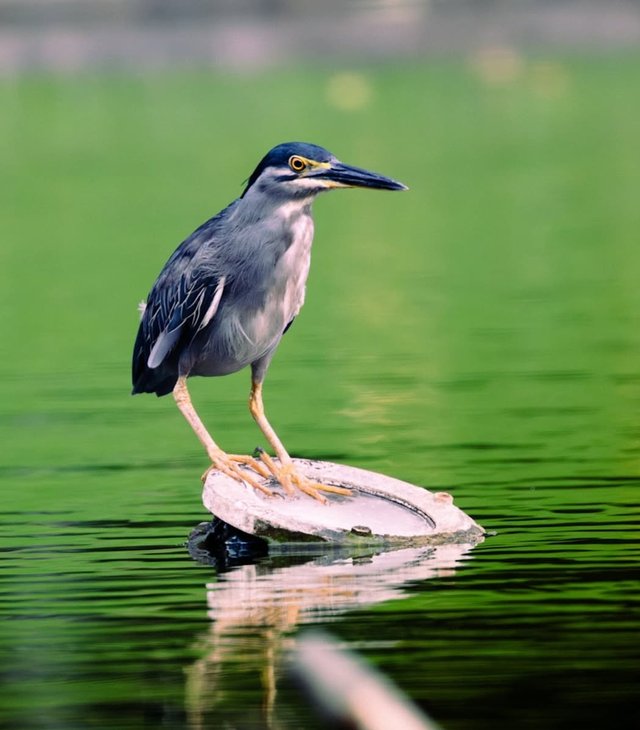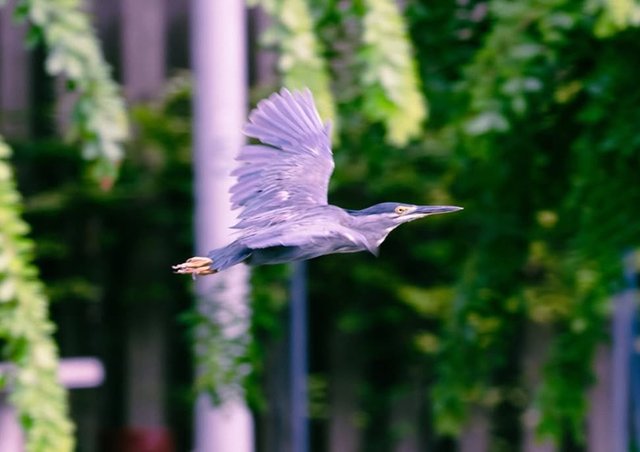So Cute Lava Heron Bird
The Lava Heron is one of the most fascinating and unique bird species in the world, known for its remarkable adaptations and exclusive habitat. Endemic to the Galápagos Islands, this striking bird has evolved to thrive in the volcanic landscapes and coastal ecosystems of the archipelago, making it a symbol of nature’s ability to adapt and diversify in isolated environments.
Appearance and Characteristics
The Lava Heron is a small heron species, typically about 35–41 cm tall, with a wingspan of around 60 cm. Unlike its close relatives, it has plumage that blends seamlessly into the black lava rocks where it lives. Adults usually have slate-gray to sooty black feathers, which may appear bluish in good light. During breeding season, their plumage becomes darker, and their legs and bill take on a brighter, more vivid coloration, often shifting to a greenish or bluish tint. These subtle changes help them attract mates while still maintaining excellent camouflage against volcanic terrain.
Their compact size and muted colors give them a quiet, almost ghostlike presence along the shorelines. Because of their cryptic plumage, they are often difficult to spot when motionless among jagged lava formations, a trait that both protects them from predators and enhances their hunting success.
Habitat and Range
The Lava Heron is endemic to the Galápagos Islands, meaning it is found nowhere else on Earth. Its preferred habitat includes coastal mangroves, tide pools, rocky lava shorelines, and shallow lagoons. These areas provide both shelter and abundant feeding grounds.
The volcanic origin of the islands has shaped the bird’s lifestyle—its camouflage is specifically adapted to dark basaltic rocks, which makes it an excellent example of evolutionary adaptation in an isolated environment.
Diet and Hunting Behavior
Lava Herons are skilled hunters, known for their patience and stealth. They primarily feed on small fish, crabs, mollusks, and other marine invertebrates. Unlike many other herons that hunt in marshes or wetlands, the Lava Heron often stalks prey in tide pools and shallow waters along lava rocks.
Their technique involves standing perfectly still for extended periods, waiting for prey to come within striking range. With a sudden thrust of their sharp bill, they snatch unsuspecting fish or crabs. This sit-and-wait strategy, combined with their natural camouflage, makes them highly effective predators.




%20(10).jpeg)